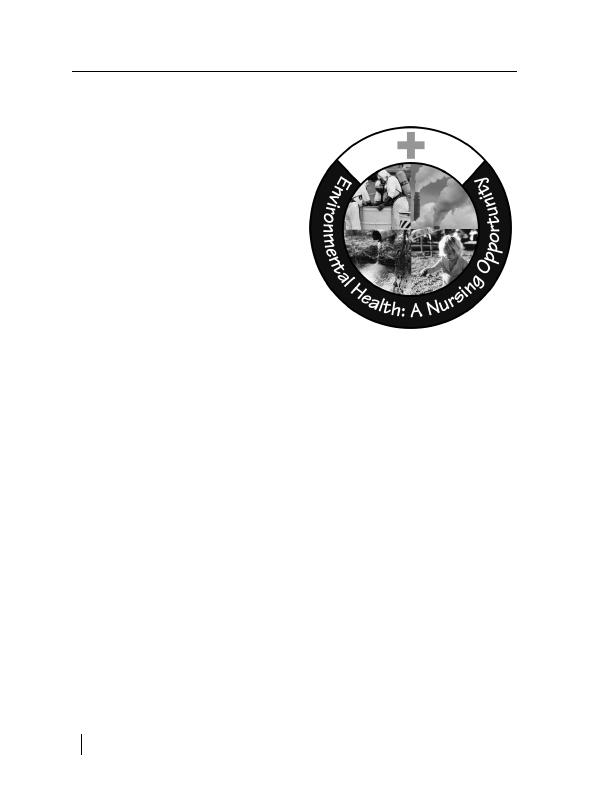
sheets, satellite broadcasts, and Web-based
training. ATSDR often enters into partnerships
with other organizations in these efforts, includ-
ing national organizations, local universities,
and professional societies. Currently, ATSDR
health education activities have been focused on
implementing a national strategy to provide
environmental health training for nurses and
other frontline health care providers, and
expanding partnerships in environmental health
expertise.
Distance Learning Program
ATSDR, working with CDC's Public Health
Practice Program Office, developed two Public
Health Training Network courses in fiscal
year 2000--GIS in Public Health: Using
Mapping and Spatial Analysis Technologies for
Health Protection and Environmental Health: A
registrants (248); other states where participa-
Nursing Opportunity. Nearly 2,000 public
tion was particularly high included Wisconsin
health professionals viewed each course.
(224) and Florida (170). Continuing education
credits (CMEs, CNEs, and CEUs) were
Environmental Health: A Nursing Opportunity,
awarded to participants who completed the
a 2-hour program, was broadcast live on
course evaluation and examination. To date,
August 10, 2000. The program focused on
approximately 200 requests have been received
for videotapes of the program.
environmental health into nursing and other
health care professional practice. The program
The GIS program, GIS in Public Health: Using
provided specific tools (for example, the Taking
Mapping and Spatial Analysis Technologies for
an Exposure History case study in an environ-
Health Protection, provided an introduction to
mental medicine template) and demonstrated
the application of GIS technology and the use of
how to implement the tools in actual practice.
health data in the decision-making and resource
Nurses, nurse practitioners, physicians, educa-
allocation process. It focused on the opportuni-
tors, and other health professionals assisted in
ties that GIS offers that are useful in public
program presentation.
health, such as mapping the locations where
cases of a specific disease have been found or in
The live program was broadcast in 48 states in
the United States, with a total of 561 registered
resources. It was intended to familiarize health
downlink sites. There were also sites registered
professionals with the ways that GIS can be
in Canada. The highest number of sites regis-
used in public health. The 1,945 registered
tered in a single state was 48 (Florida). Twenty-
participants included environmental health
one states had 10 or more registered downlink
professionals, health resource planners, health
sites. A total of 2,163 participants registered to
assessors, and health care providers.
view the live program. California had the most
50 chapter 4


 Previous Page
Previous Page
